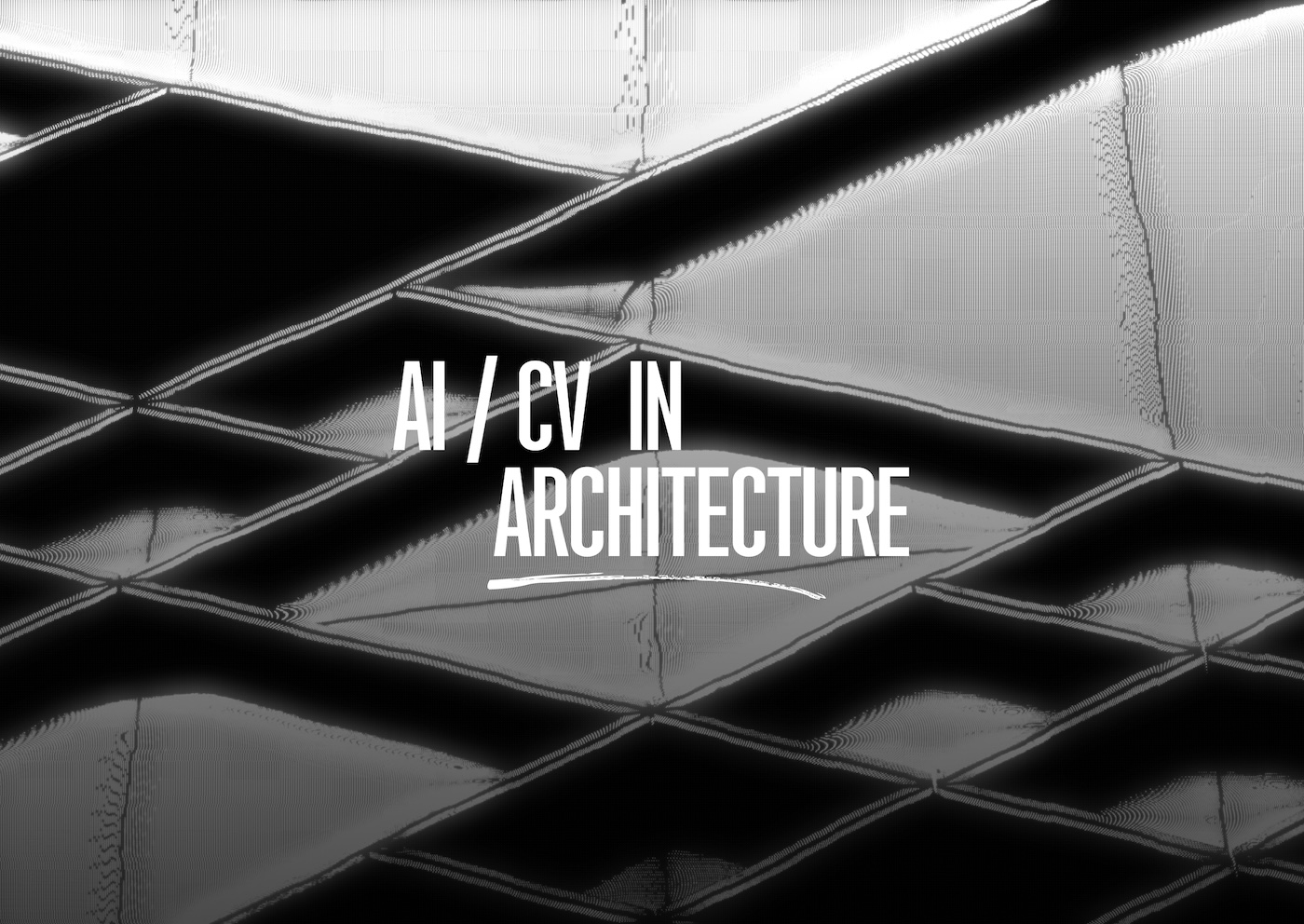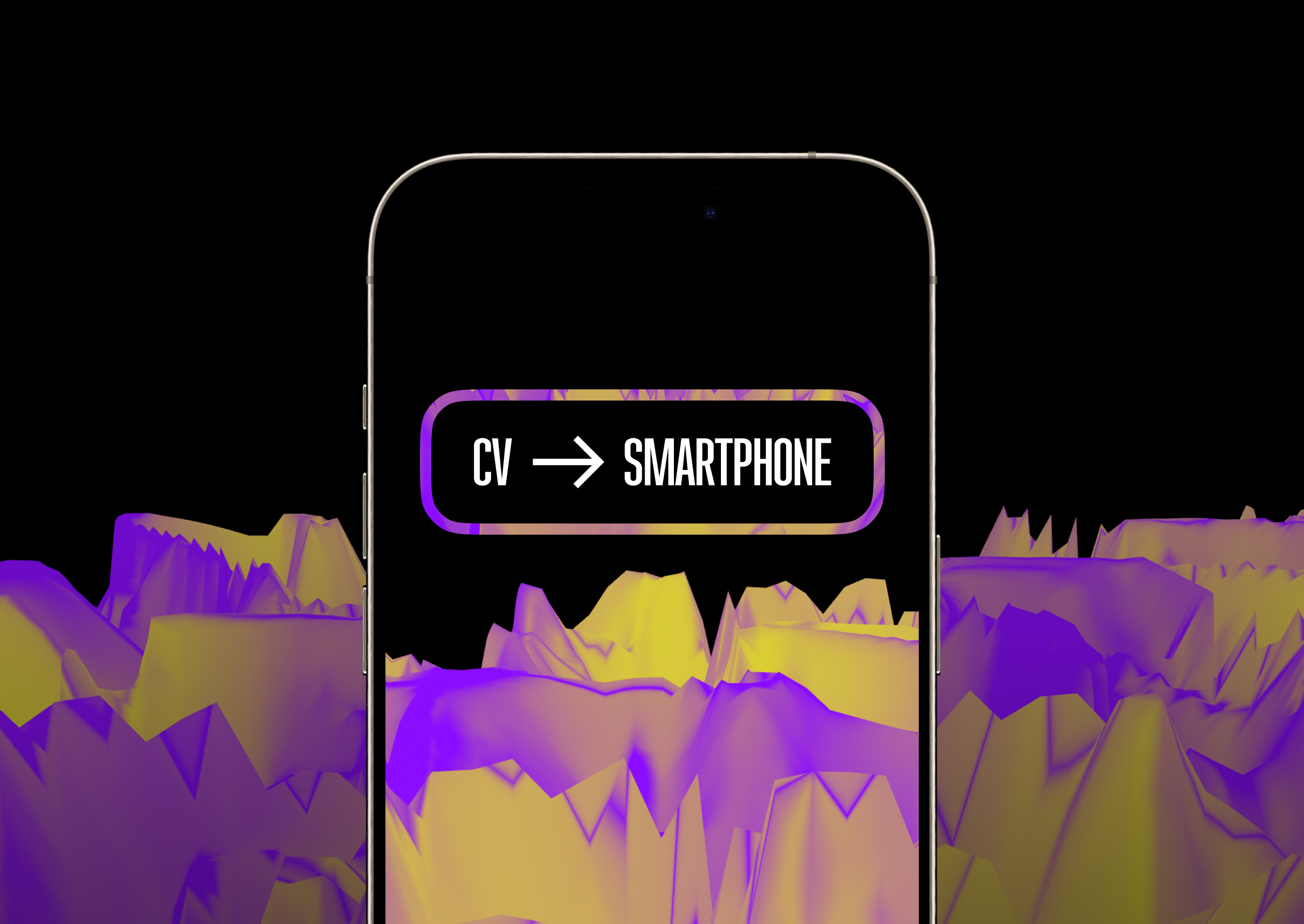

In the digital age, smartphones are no longer simple communication devices; they are your interface to state-of-the-art technology. A key player in this transformation is computer vision, a field of artificial intelligence that enables the extraction of meaningful information from digital images, videos, and other visual data. This technology has not only enhanced the functionality of smartphones but has also revolutionized user interaction and security. By analyzing your visual data, computer vision transforms smartphones into safer, more convenient, and personalized devices.
It may not be obvious to you, but every feature of the phone is based on computer vision algorithms. Let's dive into the world of artificial intelligence and take a look at four examples of smartphone functionality you encounter every day.

One of the notable applications of computer vision in smartphones is facial recognition technology to unlock devices. This feature is the perfect combination of convenience and security.
Let's take a look at the phone unlocking step by step.
a. Face Detection: When the phone is turned on, a deep learning model is launched to locate the face in the image. Once a face is detected, the image is normalized to ensure that the face is centered and scaled properly. This normalization is critical for consistent recognition regardless of angle and lighting conditions.
b. Feature Extraction: After normalization of the face, key features such as the shape of the nose, and the distance between the eyes from the face are extracted using other deep learning models. These features are converted into a numerical vector. This vector represents the unique aspects of the user's face.
c. Face Matching: Next, the vector for captured face is compared with the stored template or reference vector. The algorithm calculates the similarity between these vectors. Usually the computed similarity score is compared against a predefined threshold. If the similarity score exceeds the threshold, the phone unlocking algorithm confirms that the captured face matches the enrolled face, and the phone is unlocked.
d. Antispoofing: Each person has a unique vector representation of their face, and if another person picks up your smartphone, their vector simply won't match the owner's vector. What about trying to hack by pointing the camera at the owner's photo or the owner while asleep? To ensure security, these systems are designed to detect a "live" identity (to prevent spoofing through photos or videos) and adapt to changes in the user's appearance (such as growing a beard or wearing glasses). The entire process, from detection to unlocking, is optimized for speed and efficiency and often takes only a few milliseconds.

Social media platforms (TikTok, Instagram, Snapchat) have revolutionized digital interaction with various funny filters and masks in playful, creative, and sometimes surreal digital overlays. These are overlaid on photos and videos.These features serve more than just entertainment; they are a complex interaction between computer vision and augmented reality (AR). AR overlays digital images or effects onto live camera feeds, creating an interactive experience that blends the real and the virtual.
Let's take a closer look at how it works.
a. Face Detection: The first step in applying a filter or mask is to detect and track the user's face in real-time. This is achieved through deep learning model that identifies facial features and structures.
b. Landmark Detection: Once the face is detected, the another deep learning model finds specific facial landmarks – points on the face such as the eyes, nose, mouth, and jawline. This process is crucial for understanding the orientation and expression of the face, allowing the filter to adjust dynamically as the user moves or changes expression. The deep learning model outputs coordinates of certain key points on the face, i.e. the exact location of eyebrows, lips, and cheekbones, all detected in real-time.
c. Overlaying the Filter: With the facial landmarks identified, the AR system overlays the chosen filter or mask onto the user's face. This involves mapping the filter's elements to the corresponding facial features. For instance, if the filter includes virtual sunglasses, they need to align with the user's eyes. Some filters make a person's face look fat and it's funny. In this context, the filter is some preset shift of every key point on the face, so there is no magic here.
d. Real-time Adjustment: One of the key aspects of these filters is their ability to adjust in real-time. The filter adapts instantly as the user moves their head or changes their expression. This is achieved through continuous facial tracking and real-time rendering of the AR elements. The used algorithms accordingly strike a balance between quality and speed.
e. Rendering and Output: The final step is rendering the combined image – the user's face with the filter applied – and displaying it on the screen or saving it as a photo or video. This process requires efficient graphics processing to ensure a smooth and responsive user experience.
Perhaps you already have an idea for an AI-powered mobile app?
If you're thinking about creating an AI-powered mobile app but lack development know-how, check out this article on outsourcing mobile development for practical insights. Learn how to bring your idea to life with the expertise of skilled teams, making AI functionality accessible for your app without the hassle.

Text recognition, or Optical Character Recognition (OCR), in images, is a powerful feature that allows smartphones to read and interpret text captured in photographs or live camera feeds. This technology has a wide range of practical applications, from translating text in real-time to digitizing documents for easy storage and editing. Typically, this function involves a sequential pipeline of multiple deep learning models, with careful data processing lying in between.
How does Text Recognition exactly work? Here’s an outline of the steps, nearly in sequence.
a. Image Capture and Preprocessing: The process begins when a user takes a photo containing text or points their camera at a text source. The first step is preprocessing the image to enhance the text's readability. This may involve adjusting brightness and contrast, correcting skew and orientation, or converting the image to grayscale. These adjustments help in isolating the text from the background.
b. Text Detection: The next step is detecting text within the image. This involves segmenting the image to identify areas that contain text. Like with the Face Detection task, the computer vision algorithm has to find the boundaries of the text in the image. A deep learning model can locate text blocks even in complex backgrounds or at various angles.
c. Character Recognition: Once text is detected in an image, we recognize it, meaning we "read" what is written in that part of the image. A separate deep-learning model is used for this purpose. For each block with text, the model produces recognized text as symbols.
d. Post-processing and Output: After recognizing the characters, post-processing is applied to correct common errors, such as mistaking '0' for 'O' or '1' for 'I'. The post-processing algorithm may also use context or dictionary-based corrections to improve accuracy. The final output is the digitized text, which can be edited, saved, or used in other applications.
e. Language Support and Translation: Advanced text recognition systems in smartphones support multiple languages, making them incredibly useful for translation purposes. When integrated with language translation algorithms, these systems can translate the recognized text into the user's preferred language in real-time.

The ability to automatically sort and organize photos in a gallery based on the faces present is a remarkable feature in modern smartphones. This feature leverages advanced computer vision techniques to recognize and group images of the same person, simplifying photo management and enhancing user experience.
And how does Face Sorting really work? Read on.
a. Face Detection: The first step involves detecting faces in the photos stored in the gallery. This is achieved using a deep learning model for face detection, which scans each image to identify human faces.
b. Feature Extraction: Once a face is detected, the next step is to extract unique facial features from it. This involves analyzing specific aspects of the face, such as the distance between the eyes, the shape of the nose, and the contour of the jawline. The extracted features are then converted into a numerical representation, often referred to as a feature vector. This vector acts as a unique identifier for each face.
c. Face Recognition and Matching: The core of the sorting process is recognizing and matching the same faces across different photos. This is done by comparing the feature vectors of faces from different images. If the vectors of two faces are similar enough, the algorithm concludes that they belong to the same person. Advanced algorithms ensure accuracy even with variations in facial expressions, lighting, or angles.
d. Clustering and Organization: After identifying which faces belong to the same person, the system groups these photos together. This is typically achieved using clustering algorithms, which categorize images into different sets based on the similarity of the faces they contain. As a result, all photos of a particular individual are grouped in the gallery.
e. User Interaction and Learning: Many systems allow users to label these clusters with names or tags, further enhancing the organization. The system can also learn from user corrections, improving its accuracy over time as it becomes more familiar with the faces it regularly encounters.
Integrating computer vision into smartphones is essential to how we interact with our devices and has dramatically improved our everyday digital experience. From the robustness of face ID to playful/social AR filters, text recognition, and photo organization techniques, these advances embody a harmonious blend of technology and convenience.
We hope you enjoyed reading some of the invisible ways computer vision technology makes our lives safer and easier. However, we’re only at the start of what Computer Vision and AI can do on our phones, which is limited by computing, battery, and camera constraints. Those barriers are broken daily, and we hope to update this blog in a few months!
